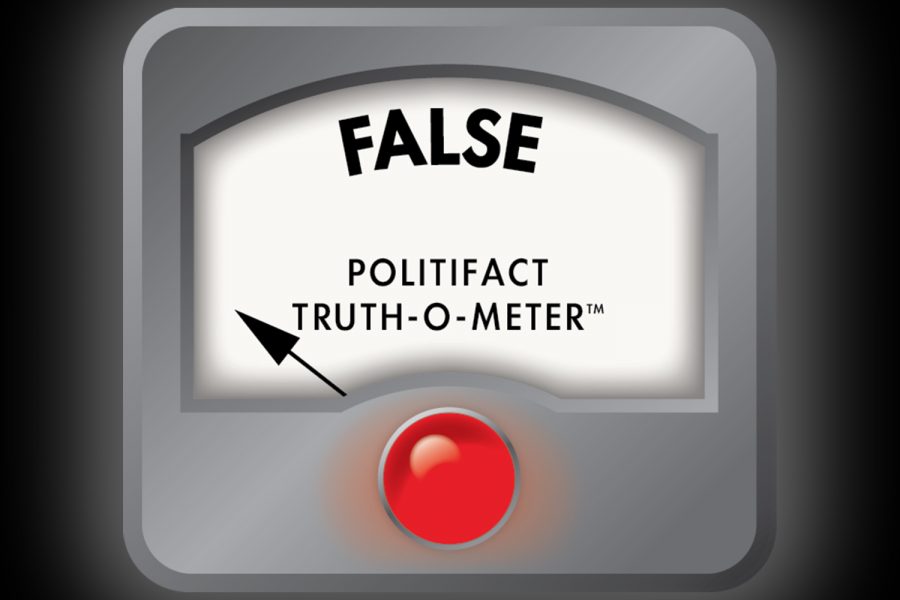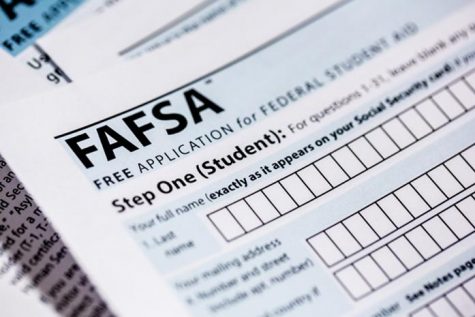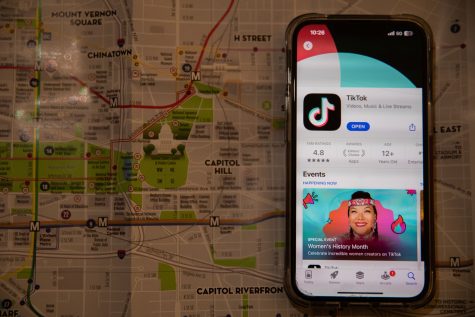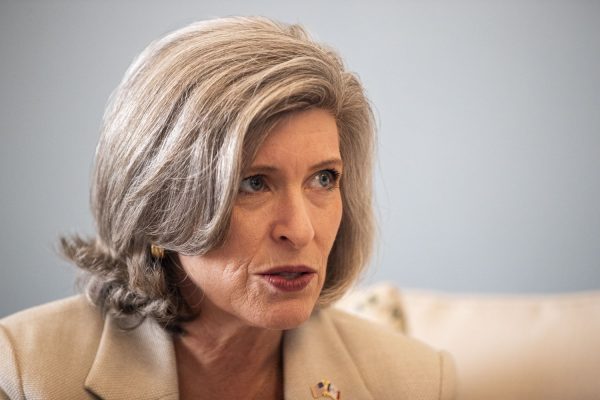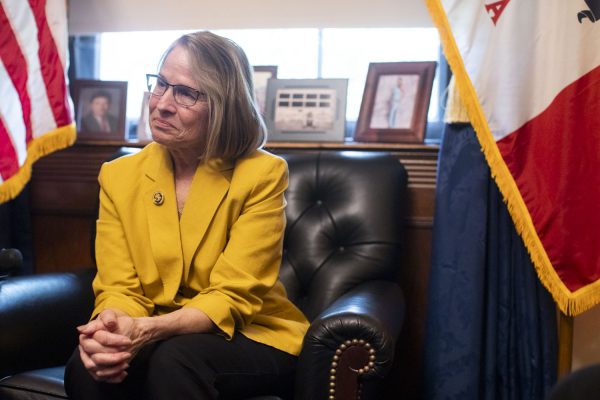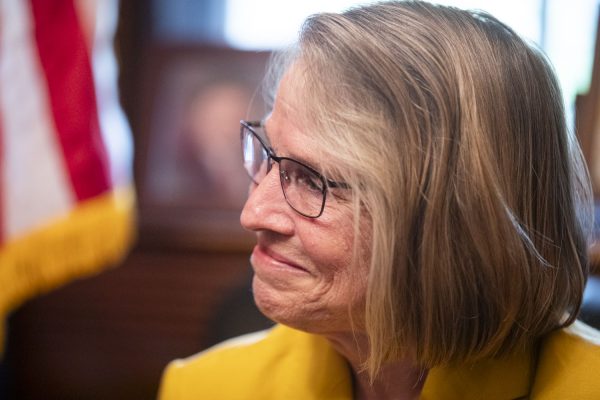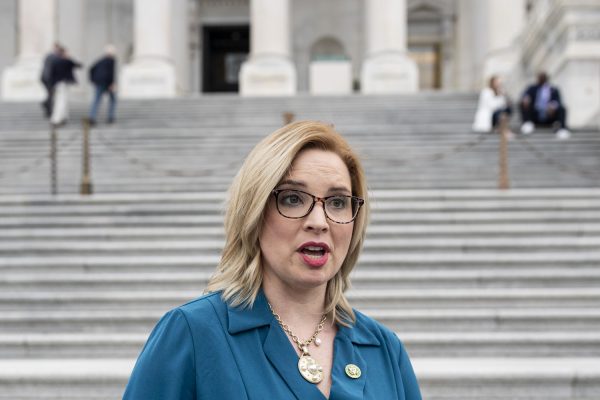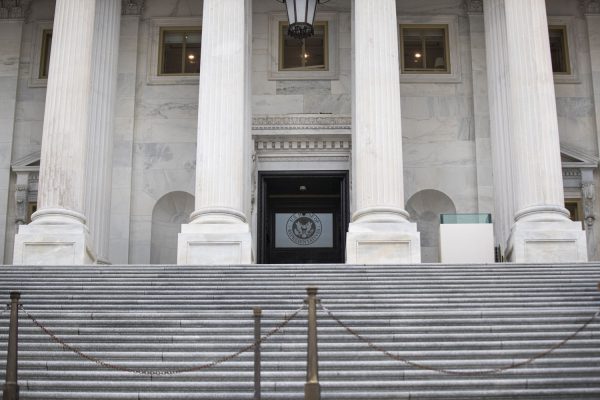Fact Check | Debt ceiling doesn’t give U.S. government ability to spend limitless amounts of money
The Senate and House raising or suspending the debt ceiling doesn’t equal unlimiting spending.
October 27, 2021
PolitiFact Iowa is a project of The Daily Iowan’s Ethics & Politics Initiative and PolitiFact to help you find the truth in politics.
Edited by Lyle Muller and Caleb McCullough
If your time is short
- Ashley Hinson R-Iowa, a U.S. representative from Iowa’s First District, says raising the national debt ceiling would give Democrats a blank check book to spend.
- Increasing the debt ceiling gives the U.S. authorization to spend again, but doesn’t mean it has unlimited spending. The funding in the debt ceiling can’t be used for new spending, and goes toward loans that need to be paid off.
- Congress would need to approve new spending — or be able to block it — through a regular legislative process.
Iowa’s U.S. Senate and House Republican delegation have voiced unanimous opposition to raising the national debt ceiling. Rep. Ashley Hinson went on to say that raising the debt ceiling would be akin to writing a blank check for Democrats in control of Congress to spend.
Hinson issued a press release after voting “no” when the House voted 219-to-206 to raise the debt ceiling on Oct. 12 stating:
“The way Democrats talk about spending trillions of dollars like pocket change, while asking for a blank check book to spend as much as they want without worrying about the repercussions, should concern every single American.”
Hinson also tweeted about the vote after issuing the press release saying:
“We shouldn’t give Democrats a free pass to spend Iowans’ money irresponsibly and jeopardize the entire global economy.
“Democrats should drop their multi-trillion-dollar social spending extravaganza. #IA01”
The notion that increasing or suspending the debt ceiling creates a “blank check” for spending is a common misconception, Iowa State University economics professor Joydeep Bhattacharya told Politifact Iowa.
The debt ceiling is the limit on how much the U.S. government can spend before getting authorization to spend again. The government is borrowing in order to spend because the Department of Treasury isn’t raising enough in taxes, Bhattacharya said.
Raising the debt ceiling is an indication to countries and individuals the U.S. has borrowed from that the government intends to pay its debts back, he said.
Hinson’s communications director Sophie Seid wrote in an email to Politifact Iowa that Hinson has been outspoken on the debt ceiling and Democrats’ effort to raise or suspend it to continue spending money the government doesn’t have.
Bhattacharya said increasing the debt ceiling can’t be used for new spending.
Additionally, raising the debt ceiling alone doesn’t authorize new spending. New spending proposals have to go through Congress. Raising the debt ceiling allows spending on programs that have already been authorized.
Before the House voted on raising the ceiling, the Senate voted 50-to-48 to raise it on Oct. 7. After the House vote, President Joe Biden signed the bill on Oct. 14.
PolitiFact has reviewed the history of the nation’s debt ceiling as recently as September, heading into the October votes. At the beginning of 1917, Congress moved away from approving the sales of every bond available to the public and, instead, handed to the Treasury Department responsible for handling these bonds. However, Congress retained the right to set overall debt, which means having to vote to change that limit when spending on debt exceeds it.
Congress raised the debt ceiling three times — in 2017, 2018, and 2019 — under former President Donald Trump. Votes to raise the debt ceiling often are bipartisan, but not always.
The current bill increases the debt ceiling by $480 billion and another vote will take place on Dec. 3. Before the vote, the ceiling was at $28.4 trillion. Now, it’s capped at $28.9 trillion.
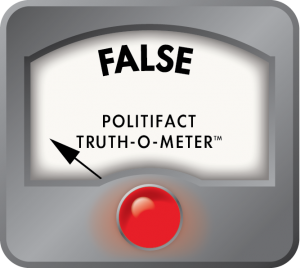
Our ruling
Hinson told constituents she would continue to vote against raising the debt ceiling and prevent Democrats from having a blank check for unlimited spending.
Raising the debt ceiling does not mean the U.S. government can spend money on additional costs. It means money the government borrowed, some of it during the Trump Administration, will be paid back.
The Senate and House voted to temporarily cap the ceiling at $28.9 trillion but must vote each time it raises the ceiling.
Hinson’s claim of a blank check book is inaccurate, so we rate it False.
Sources
Phone call between Politifact Iowa and Joydeep Bhattacharya, Iowa State University professor in the Department of Economics, Oct. 22, 2021
Email exchange between Politifact Iowa and Sophie Seid, communications director for Rep. Ashley Hinson, R-Iowa, Oct. 20, 2021
U.S. Congress, S. 1301 Promoting Physical Activity for Americans Act, Oct. 14, 2021
U.S. Senate, Roll call vote 412 on S. 1301, Oct. 7, 2021
U.S. House of Representatives, Roll call vote 315 on H. Res. 716, Oct. 12, 2021
New York Times, Senate Approves Bill to Raise Debt Ceiling and Avert Default, for Now, Oct. 7, 2021
NPR, The House passes a short-term fix to the looming debt ceiling crisis, Oct. 12, 2021
Associated Press, House sends debt limit hike to Biden, staving off default, Oct. 12, 2021
Associated Press, Biden signs debt limit hike, but December standoff looms, Oct. 14, 2021
Press release, Ashley Hinson, Oct. 12, 2021
PolitiFact, “Fact-checking Biden’s claim that raising debt limit is usually bipartisan,” by Amy Sherman, Oct. 6, 2021
PolitiFact, “The looming debt-ceiling showdown: What you need to know,” by Louis Jacobson, Sept. 22, 2021



